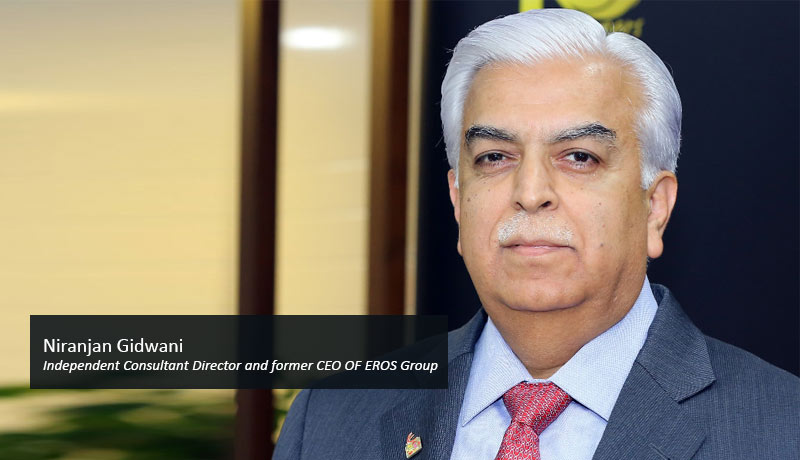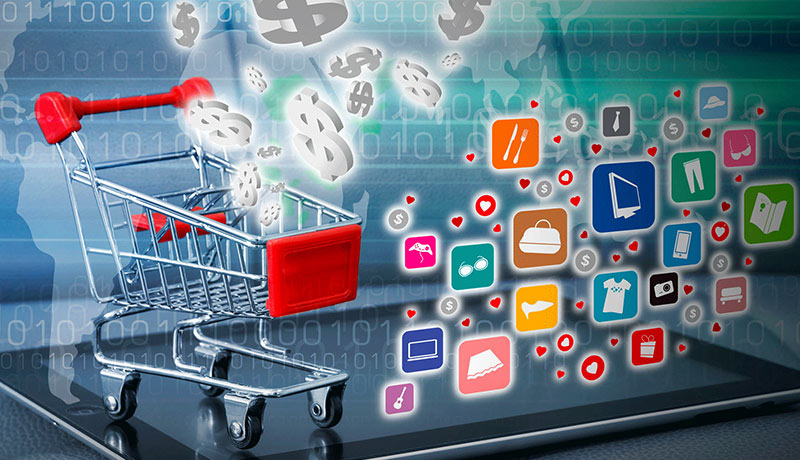
The COVID-19 pandemic has disrupted supply chains around the world and highlighted the need to transform traditional supply chain models, not only for businesses in distribution and retail, but also for the service industry as well as government services.
This is where technology comes into the picture. For moving companies agendas forward on ‘future of work’. The focus now has clearly shifted to building and deploying technology to bend the cost curve for companies while ensuring speed, quality, and simplicity. The current transformation in customer segments and purchase preferences due to the pandemic has shown us the need for rapid digitization in the retail industry.
Emerging technologies like Artificial Intelligence (AI) will become an eminent part of retail to understand dynamic demand signals, to realign supply chains, to redefine the need of essential workforces and strategy, to adapt to the new normal. Nimble organisations now need to develop processes where the system can help in forecasting the stock needed in a store in a particular location depending on the demand for the same, based on previous customer purchase and stocking patterns.
AI powers customer experience, supply chain, operations, query management, catalogue management, and more to make the processes efficient and cut costs.
Retailers will have to continuously innovate to address the changing external environment. There is a need to implement technologies that will disrupt retail. Increasing digital penetration has provided customers with easy access to e-commerce and there we can witness a shift to online retail. Additional factors such as convenience and the concern for health are also enabling this growth. For the retailers, the focus will be on using technology effectively to better manage inventory and reduce costs through efficiency in logistics. All relevant stakeholders will need to understand that, as partners, they are in this for the medium to long term haul, and hence will need to work on business agreements which keep current realities in mind, not old agreements being marginally tweaked.
Organisations will need to have a two-pronged approach to maintain business continuity. One is technology-led and the other is people-led. For this, the key priorities will be to improve ways of working, putting emphasis on the fundamentals. Technology will play a huge role in establishing speed in processes, and enable innovation and sustain business value.
And while companies continue adopting to the new normal, the wellbeing of people needs to remain a top priority. IT support, physical infrastructure at home, healthcare support like on-call doctor consultations and virtual wellness sessions by experts are a need of the hour. Through surveys, focus groups and workplace pages, associates need to share their sentiments and ideas in a collaborative effort with the leadership to set up the virtual workplace of the future. Office space requirements over the next 2-3 years will need to be re-factored, or rent-free periods extended so as to make businesses viable.
It is important to note that rapid and frequent downsizing of teams, reduction in salaries does keep the costs low, but at a city or country or global level, this creates a huge demand problem in a world where there is generally an oversupply of manufactured goods. Every action sets in motion downstream reactions.
The onset of this pandemic has caused a change in customer behaviour faster than what most brands could foresee. A few trends which we expect to develop in the near future are a shift to online platforms as well as increase to contactless methods of interaction, medical safety and physical distancing measures and more focus on purchasing essential products and daily staples.
During the pandemic, many organizations have accomplished what had previously been thought impossible.
At Dubai-based Majid Al Futtaim (MAF), attendance at movie theaters fell (as a result of government-mandated closures) while demand for its online supermarket soared. In a few days time, the company retrained several hundred ushers and ticket sellers to work for the online grocer. Without the crisis, that speed and magnitude of reskilling to leverage talent across MAF’s portfolio of companies would never have been contemplated.

In a few days, Unilever converted factory lines that were making deodorants into ones making hand sanitizer.
Overall, this new normal has pushed several organisations to adopt some changes much more quickly than they otherwise would have. In a week, companies went from having several thousand people working in offices to having several thousand people working from home, a shift requiring systems and policy transformation that under normal circumstances might have taken years.
For the past 30 years, I used to fly to meet a customer, even if it took all day or more, for a few hours of meeting. Now one is beginning to realise that the amount of time that goes into traveling is not necessary. That’s the way people used to live, but that model may most likely get disrupted, at least to a great extent.
It would be a good idea to adapt by booking “flight time” into one’s schedule so as to avoid spending all day, every day, on video conference meetings. In either case, the COVID-19 experience has made it clearer than ever that senior executives must be extremely intentional about how they use their time.
Some organisations are already relying on a two-speed model of decision making. The CMT (crisis-management team) can handle all of the stuff around health, safety, employee confidence, and building client confidence.
That lets the rest of the organisation focused on running the business. And every 2-3 months, some members of the Crisis Management Team can be changed so as to avoid excessive burnout. This can be a very reasonable model for nine to twelve months. The bigger question is, ‘How do we learn from this and evolve better for the future? What structural changes do we make?’”
One significant aspect of structural change that most organisations are grappling with is how much of a physical footprint their companies need, now that the ability to work virtually and productively has, by and large, been proved. If companies do move to a more virtual model (50 percent or more virtual, up from20 percent, for example), what does that mean for team building, compliance, distribution channels, and so on? Do we need so much of office space? Does every single mall need the same store of the same brand?
Only the next 12-24 months would decide.